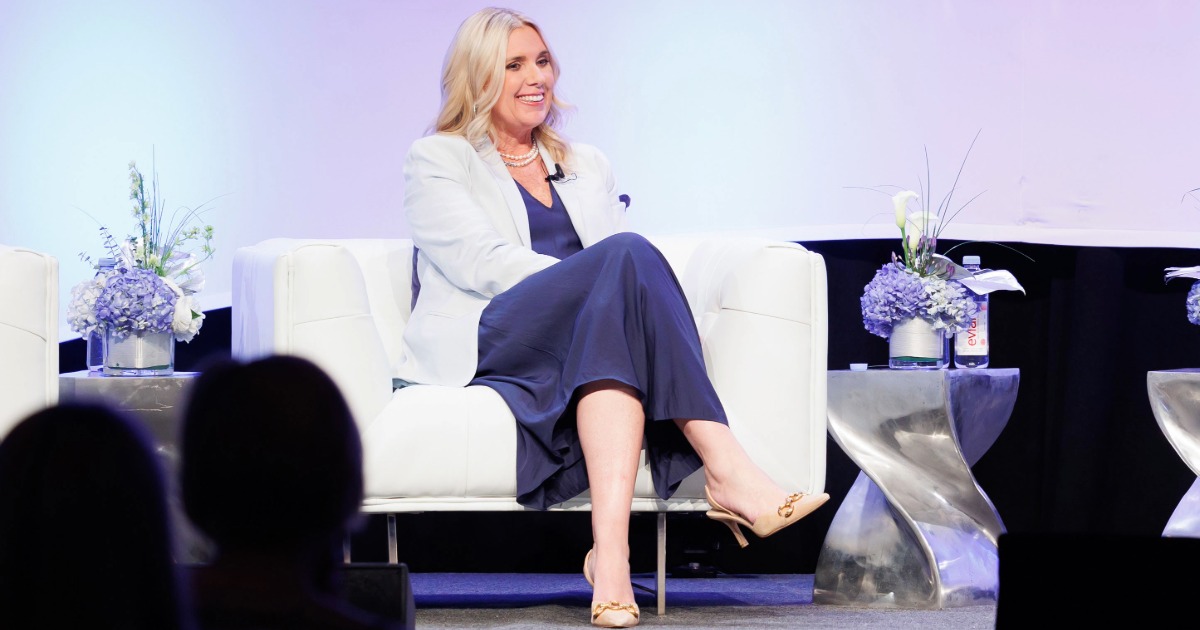LAS VEGAS - While it's difficult to know whether the rise of electronic health records was accelerated by meaningful use or if it was an inevitable trend, the increase in data needs to be better understood to be useful, Douglas Fridsma, MD, president and CEO of the American Medical Informatics Association said Tuesday at HIMSS16 in Las Vegas.
"As we think about informatics and educating the workforce, it's not about understanding the data in the EMR, but how it fits in with all of the other pieces," Fridsna said.
Fridsma has a background in both academic and government settings, focusing on technologies in health informatics.
[Also: See photos from Day 1 of HIMSS16]
While at ONC, he coordinated health IT investment efforts across federal agencies through the Federal Health Architecture working with agencies like the Department of Defense, Department of Veterans Affairs and the Social Security Administration.
He's also an advocate for bringing this connected standardization and horizontal platform across the healthcare spectrum.
Currently, providers look at each department, tool and app as a separate entity, Fridsna said. But this vertical way of thinking is hindering the ability of the provider to engage the technology. Data can't be learned side-by-side, Fridsna said. It needs to span across the organization.
This method doesn't connect to the practice and engage patients, he added. "We need to be connected; we can't just learn within a particular silo."
According to Fridsna, when considering EMR adoption, non-health data is another major key to help transform the healthcare workforce. "As we get more EMR data, the data from apps, cell phones and social media are increasingly important to transforming healthcare."
"We have technologies that can determine whether you're depressed based on cell phone interactions," he added. This type of data is "really a social network that will increasingly become more important as we knit this data together."
Education around informatics and heath information technology is maturing, Fridsna said. It started as an outgrowth of computer science, and now it's being taught at every level - including high school, which provides plenty of opportunity to change how the workforce handles data.
Twitter: @JessiefDavis
This story is part of our ongoing coverage of the HIMSS16 conference. Follow our live blog for real-time updates, and visit Destination HIMSS16 for a full rundown of our reporting from the show. For a selection of some of the best social media posts of the show, visit our Trending at #HIMSS16 hub.


